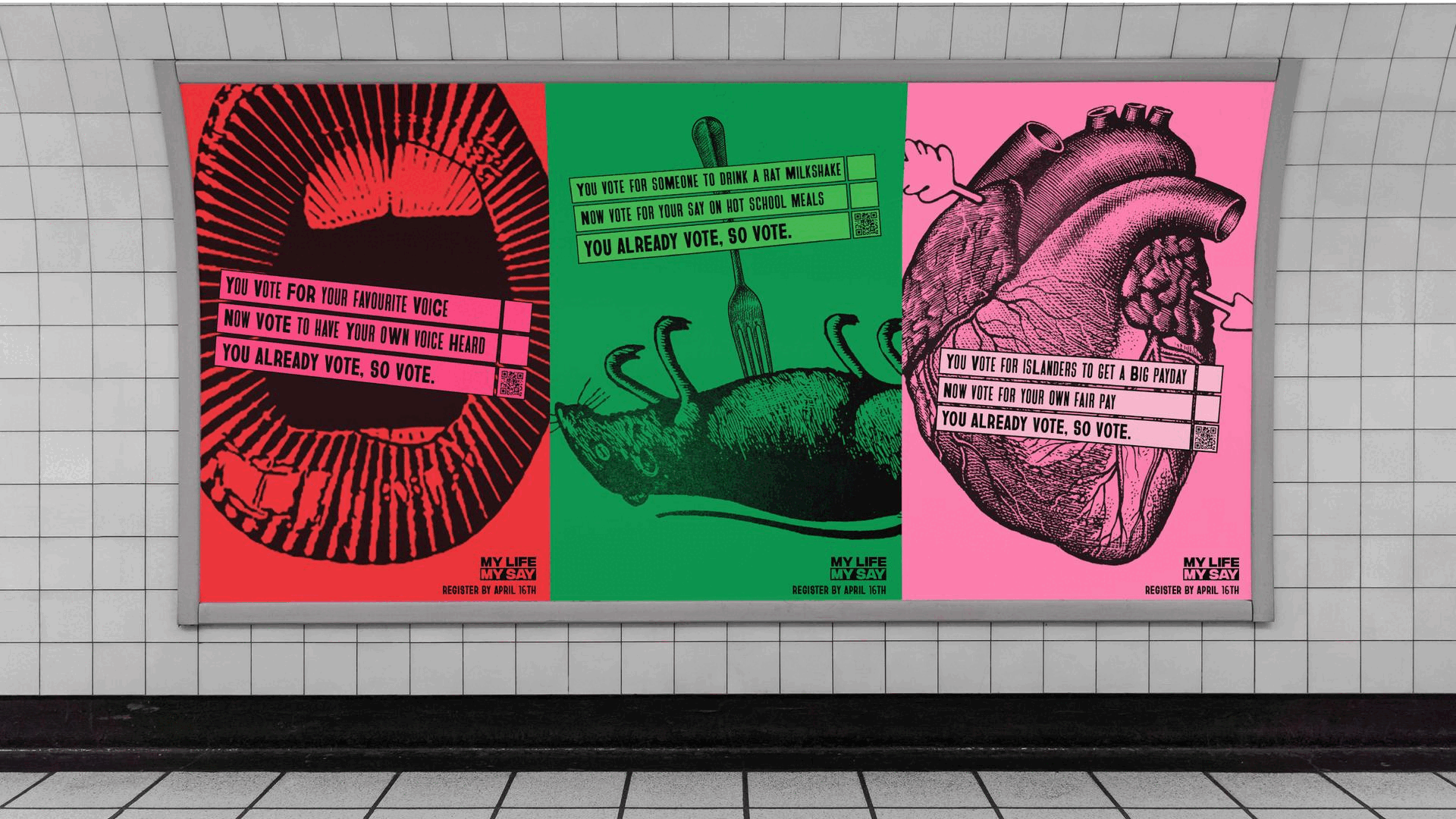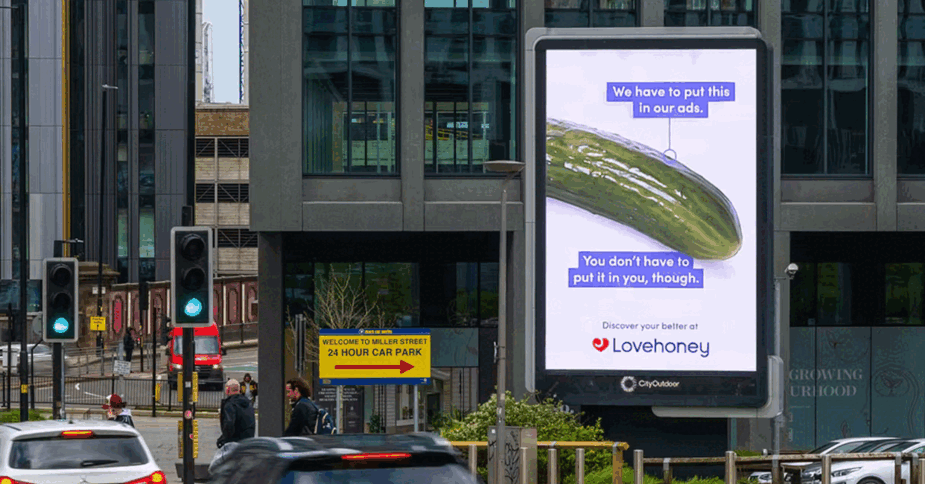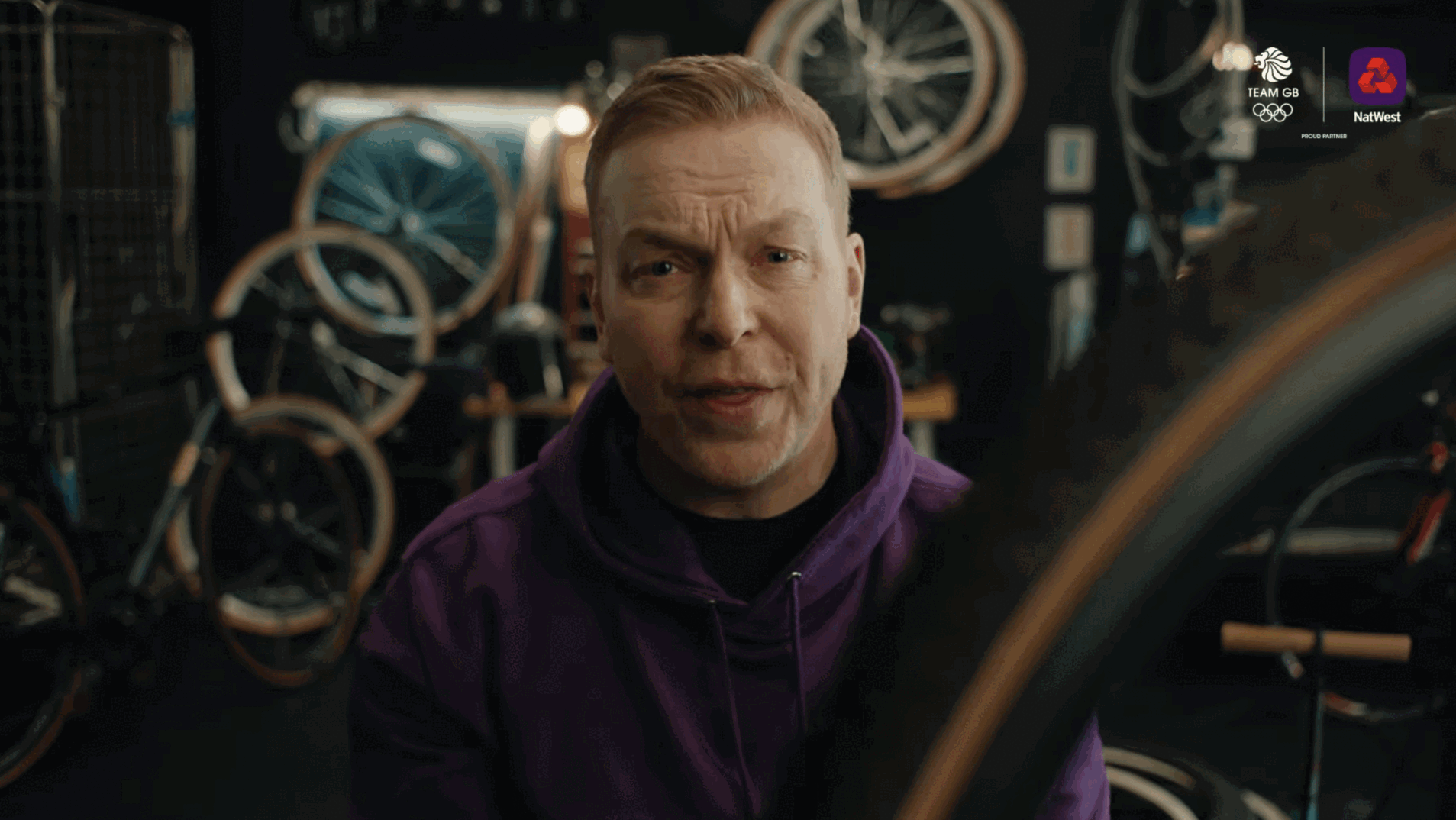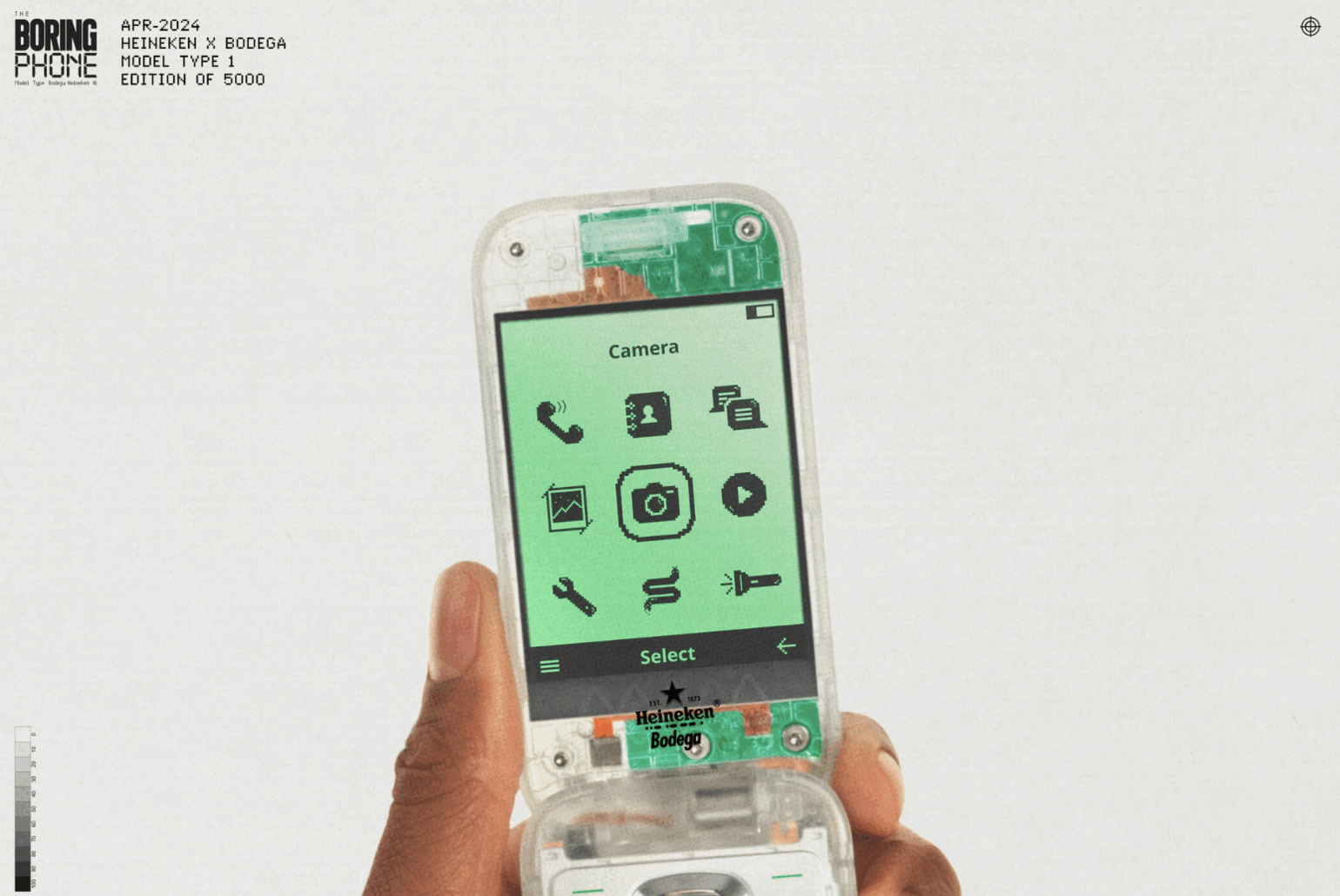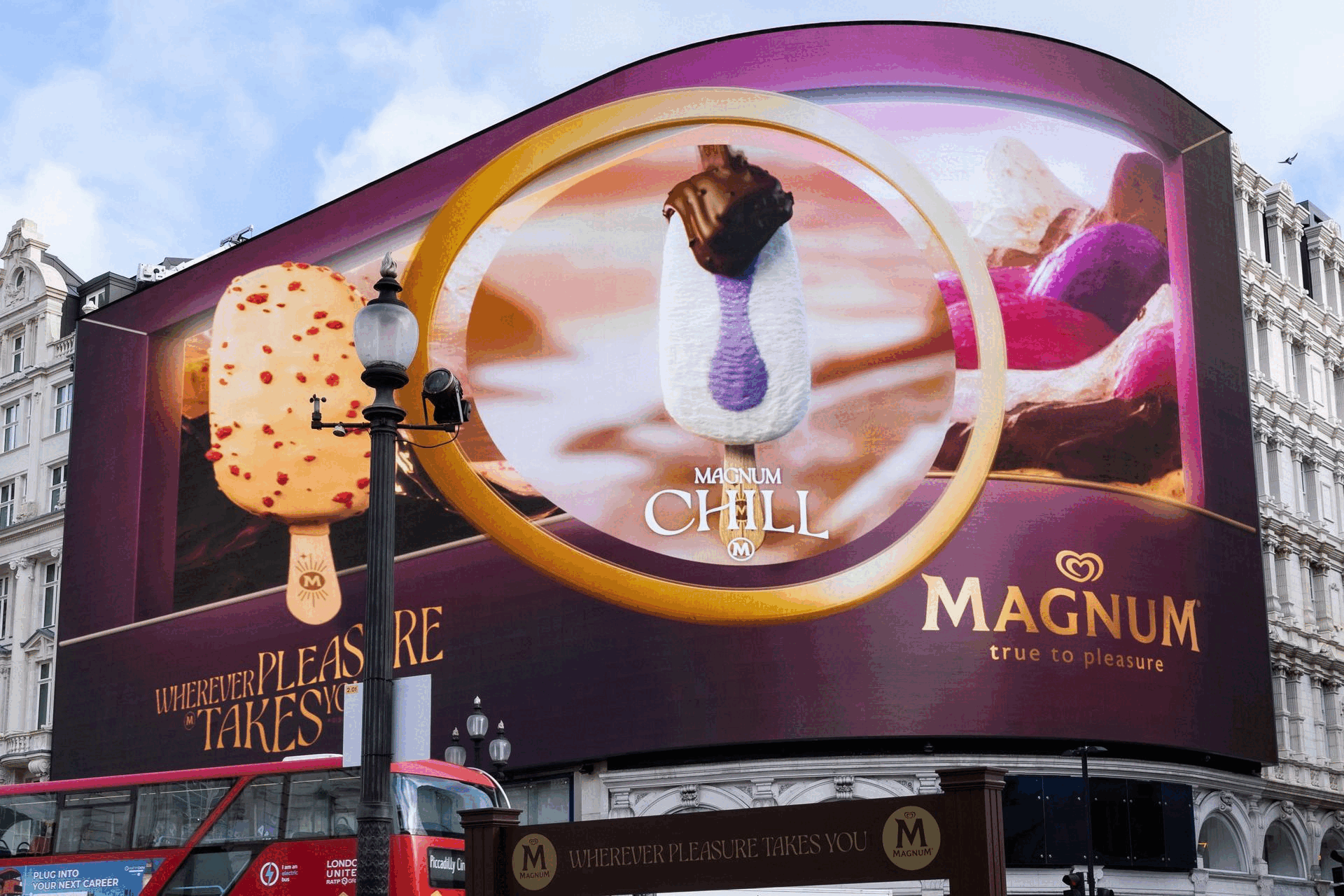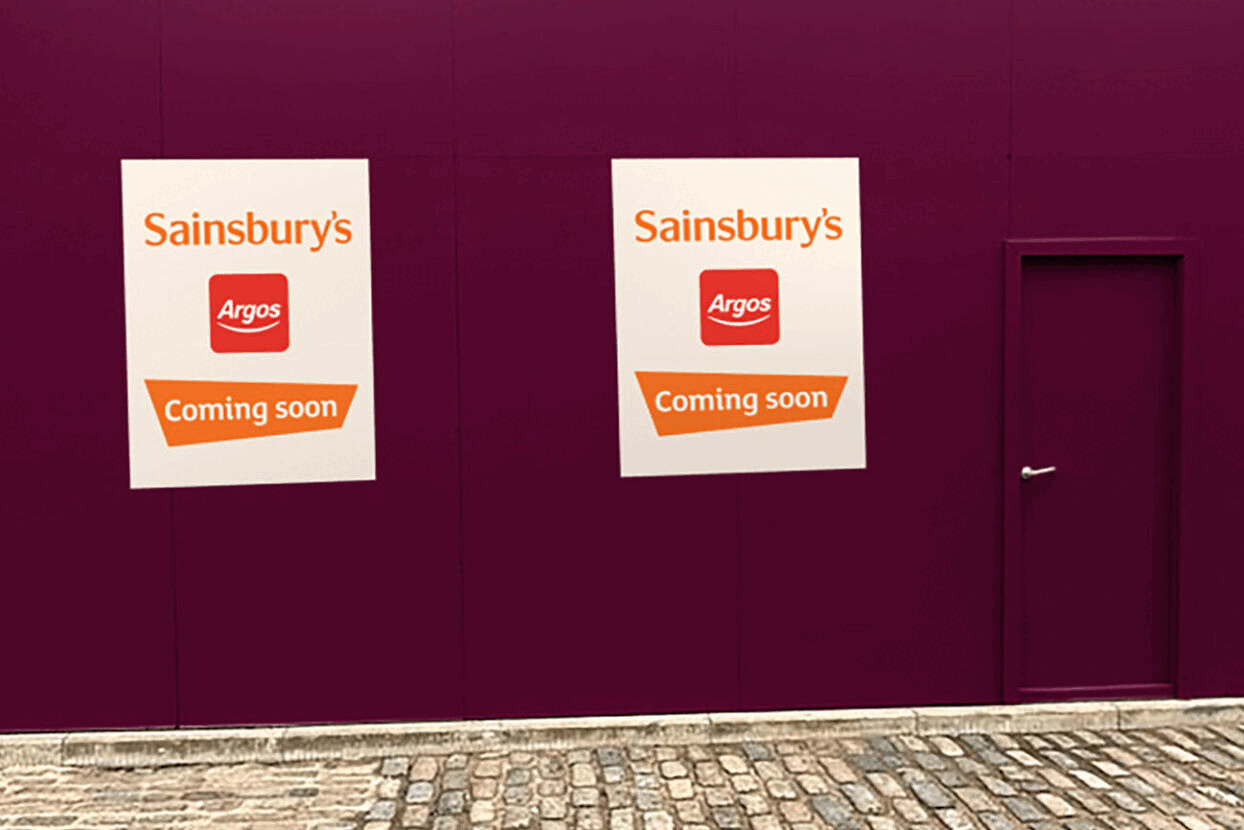2016 Predictions: Google
- Saturday, January 2nd, 2016
- Share this article:
The New Year is now upon us, and were continuing our daily predictions pieces from industry experts on the trends they expect to see in the next 12 months. Today, Google UK & Ireland product marketing manager Matt Brocklehurst
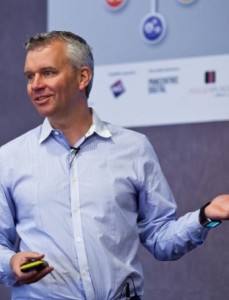 The task of understanding the customer journey and choosing the optimum moment to engage is becoming ever more complex. As we head into 2016, it is predicted consumers will continue to increase the time they spend online, and switch between devices more frequently.
The task of understanding the customer journey and choosing the optimum moment to engage is becoming ever more complex. As we head into 2016, it is predicted consumers will continue to increase the time they spend online, and switch between devices more frequently.
The consumer path to purchase, from initial inspiration to research, product comparison and final conversion is no longer linear. Nearly half of Europeans use three or more connected devices and 36 per cent of under 35s in the UK who researched a recent purchase used a smartphone.
This change in consumer behaviour offers incredible opportunities for those who put people at the heart of their online marketing strategy and map activity to the individual characteristics of consumers.
With the New Year just passed, it is the time of year when marketers should turn their thoughts to how to capitalise on consumer’s New Year’s resolutions. For example staying fit and healthy tops the UK’s New Year resolution chart, and possibly due to their active lifestyle 45 per cent of Google searches for fitness come from mobile which is 30 per cent up year-on-year. Businesses that understand how to interpret potential customers’ intent with contextual information can better identify the right consumers for their products, gaining a competitive edge and increasing sales.
However this is just one example. Multiple times a day, consumers are taking actions online that demonstrate their wants and needs in the moment. Businesses that blend this consumer intent with contextual information can apply an audience strategy through all of their campaign activity. They will be able to better target the right audience and serve them relevant ads, leading to a better user experience, and therefore, higher conversion rates.
So what steps can advertisers take to improve their marketing as consumers aim to hit their resolution goals in 2016?
First is developing dynamic creative. A new challenge for marketers is creative that is personalised and engaging at scale. The cost of developing several different pieces of content for various stages of the customer journey that is also customised for the individual can be expensive. If creative can be automated then campaign delivery will be quicker and cheaper.
The challenge of integrating content across screens and platforms is not an easy one, but essential due to our second screening habits; research shows 64 per cent of us have used a mobile device while watching TV in the last month. Google data shows that when viewers see something interesting on TV, they will search while watching to engage more deeply and if marketers have not extended content across platforms, the consumer purchase path is broken.
Next, you must engage consumers with relevant messages across the web and mobile. Once you’ve created an audience targeting strategy, it can be deployed across Search, Display, YouTube and Gmail. You can target display ads based on a consumer’s interests, demographics and previous web browsing activity, or optimise a search bid based on whether a prospect has previously interacted with you. 75 per cent of online consumers have taken action after seeing a message from a company that is relevant to them.
Unsurprisingly, consumers also reach for their smartphones when they need or want something. To be exact smartphone searches peak when passions are sparked (74 per cent), when faced with a new task (35 per cent), when a problem arises (51 per cent), when searching for information on a brand (54 per cent) and when a purchase is needed (42 per cent). Audience targeting allows you to make your message as relevant as possible and reach those that matter, no matter where consumers are online.
Finally, find the right balance of segmentation for effective marketing. Advertisers already using audience targeting may be making the mistake of over-segmenting and creating too many user lists. Segmentation is key to effective marketing but brands need to establish the right balance with the help of their tech and agency partners to not hinder performance. Over-segmentation can result in a campaign full of unnecessary lists that are costly and time-consuming to manage.
Complete automation of all the variables and parameters of a campaign, including figuring out who to reach, when to reach them, the right price to bid and the right message to show, is still to materialise. Each development, such as dynamic retargeting that shows previous website visitors ads that contain the actual products and services that they viewed, raises the bar for audience marketing.
In sum, advertisers that gather and integrate signals about a consumer’s online and offline actions to create a complete picture of likes, behaviours and intentions will have a much better chance of understanding how to create relevant messages. In 2016 marketers will need to adopt a cross-channel audience strategy to encompass new technology that will allow businesses to optimise ad spend and see a greater return on investment.
Matt Brocklehurst is product marketing manager at Google UK & Ireland





